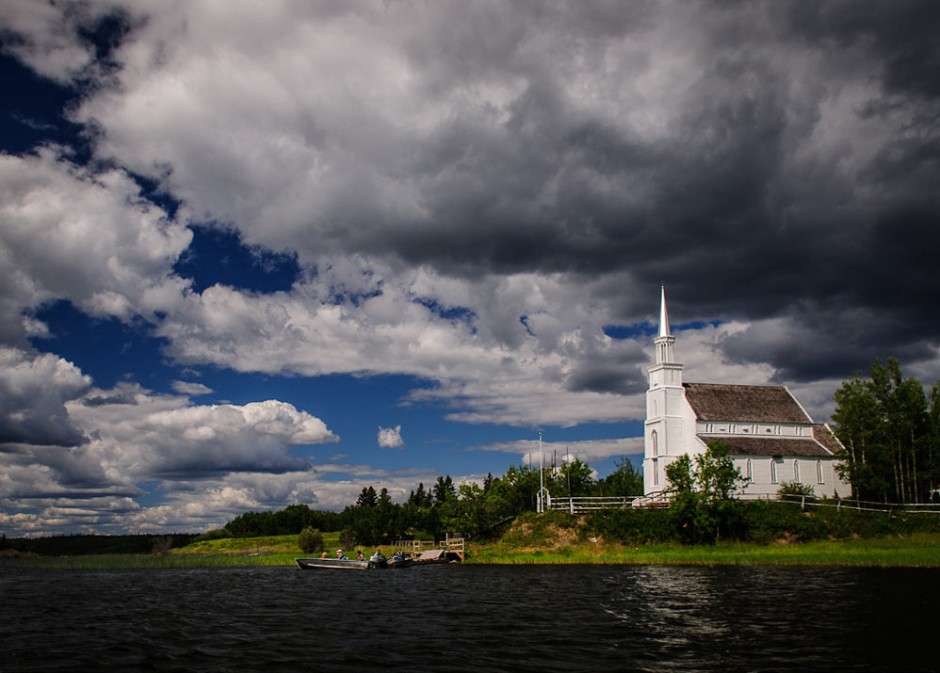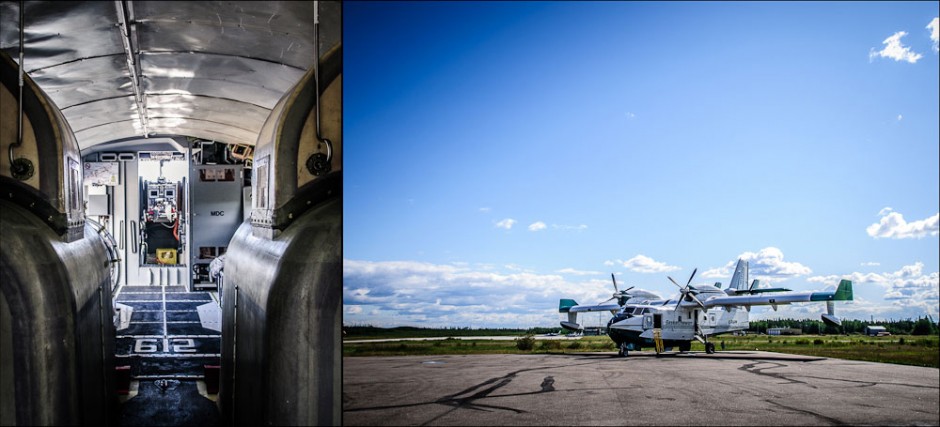As part of Matador’s partnership with Canada where journalists show how to explore Canada like a local, Jeff Bartlett brings back some serious inspiration from Saskatchewan.
I’M THE FIRST TO ADMIT I didn’t know much about Saskatchewan except that it was home to both Old Time Pilsner and the rowdiest CFL fans in Canada. I’d driven through the province once, following the TransCanada highway from Winnipeg to Edmonton through a seemingly endless stretch of farmland. Even Tourism Saskatchewan’s advertising slogan, Saskatchewan — Hard to Spell, Easy to Draw — plays on its flat reputation.
After a week spent a few hundred kilometres north of Saskatoon, where the prairies cede territory to the Canadian Shield, all my provincial prejudices were erased.

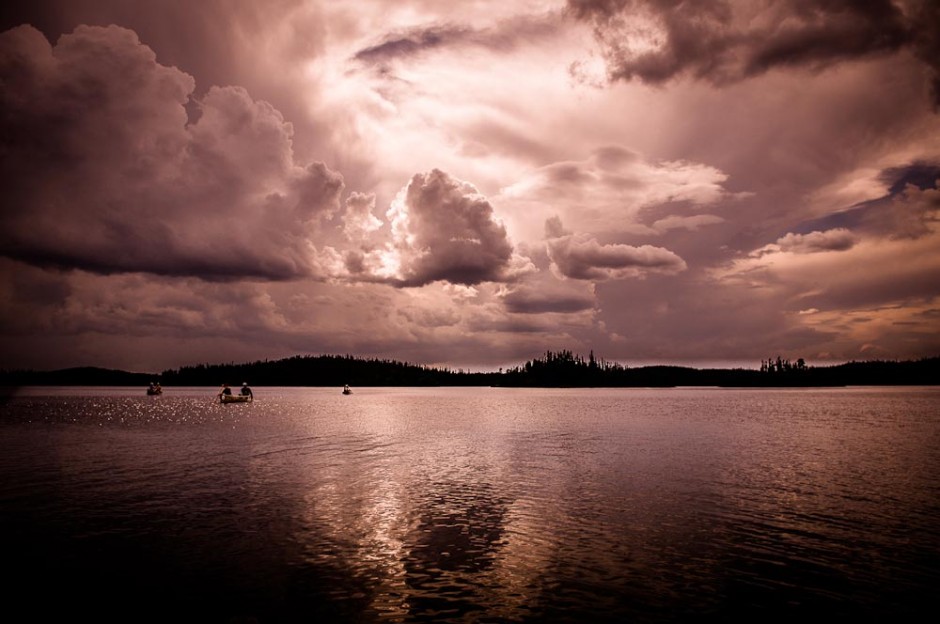
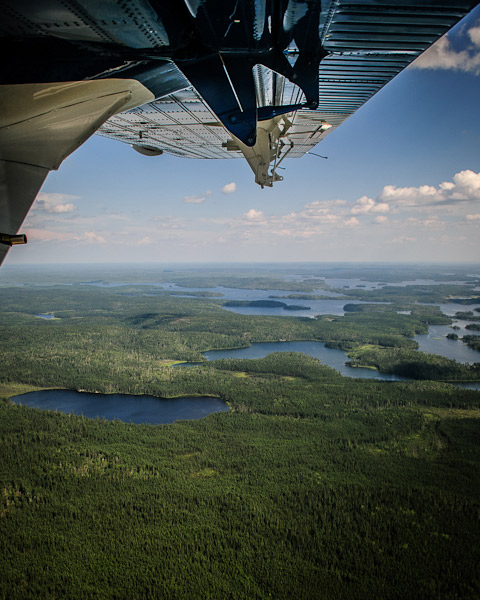
Intermission
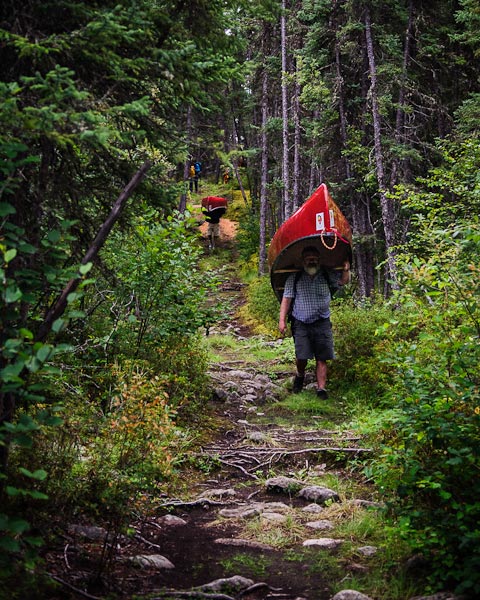
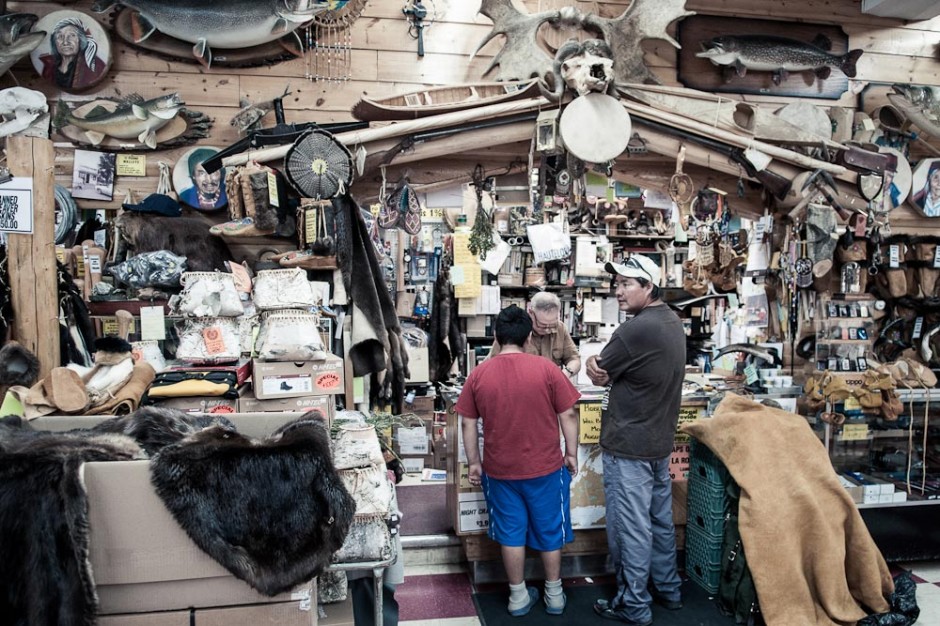

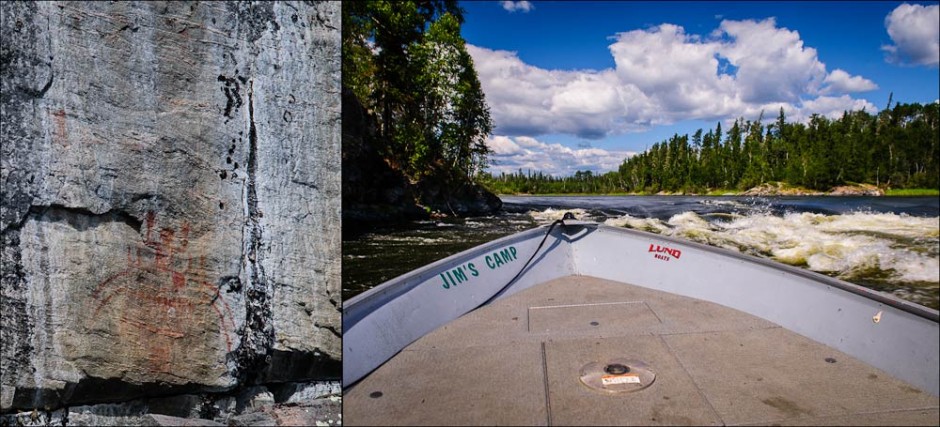
Intermission
